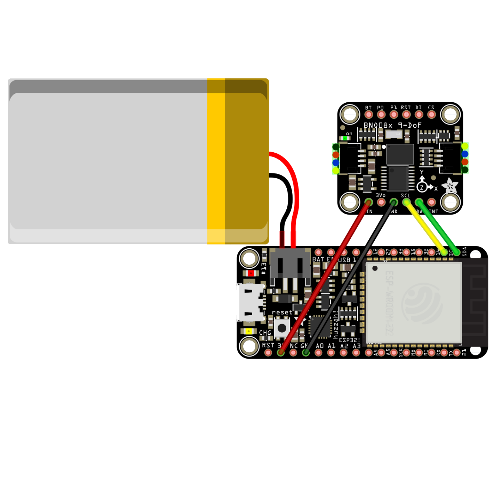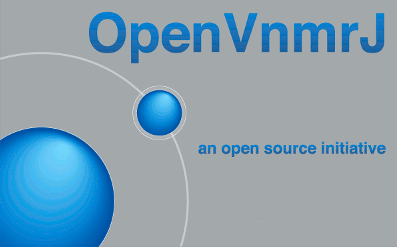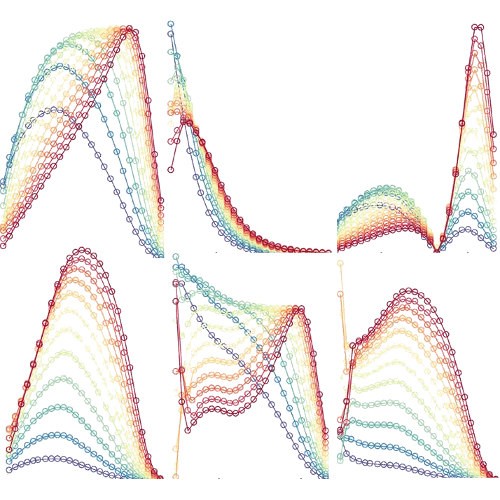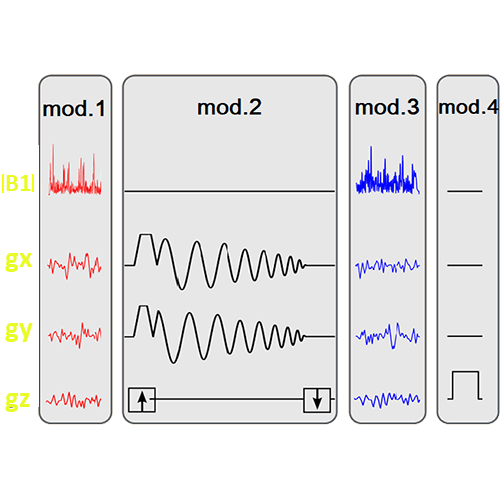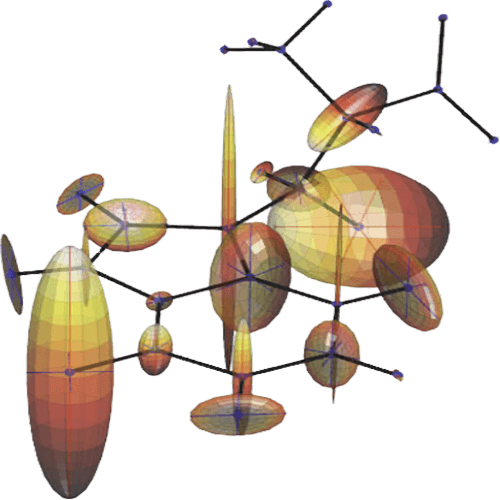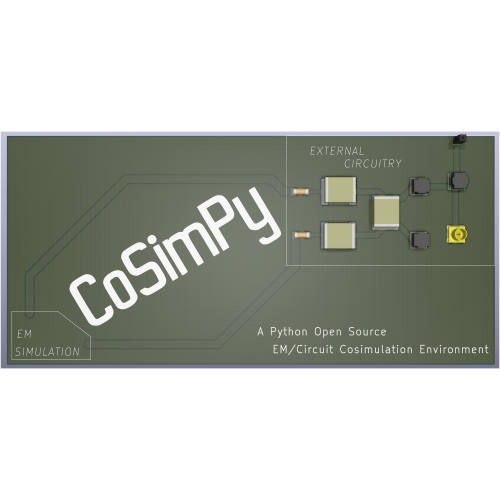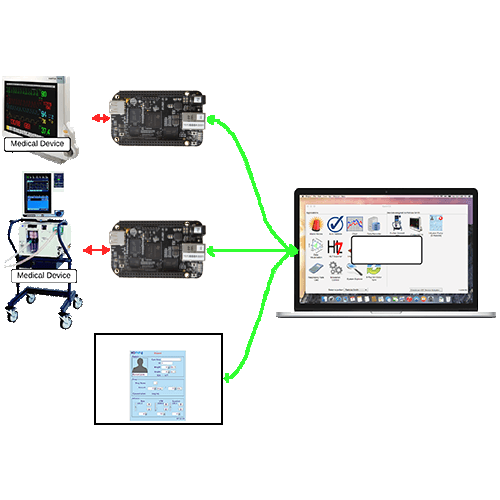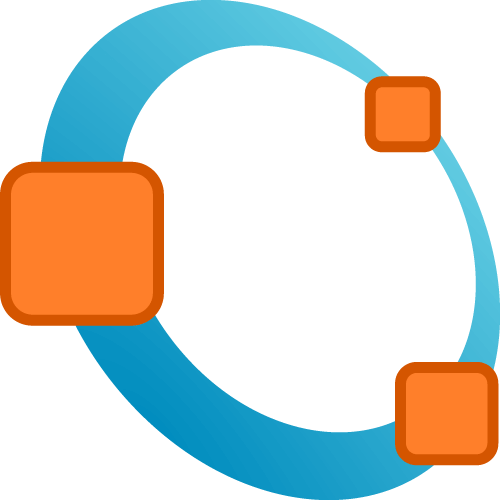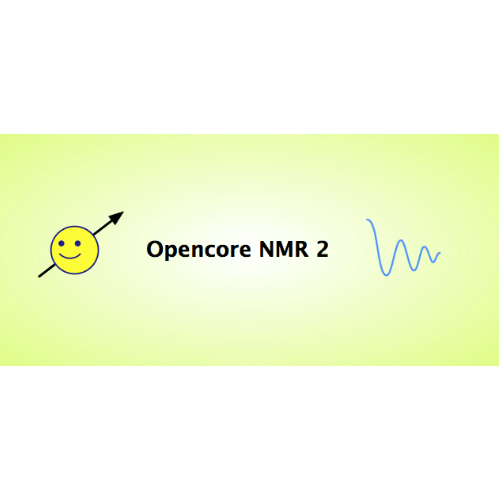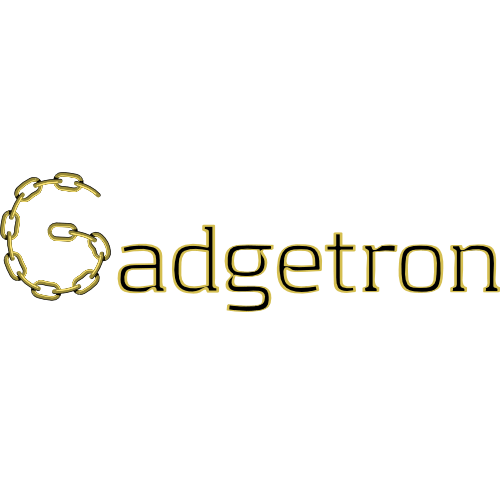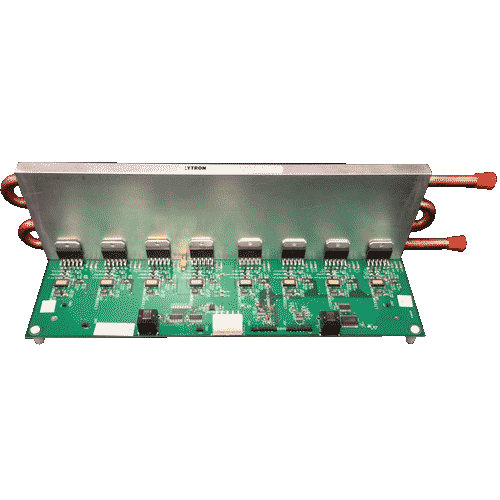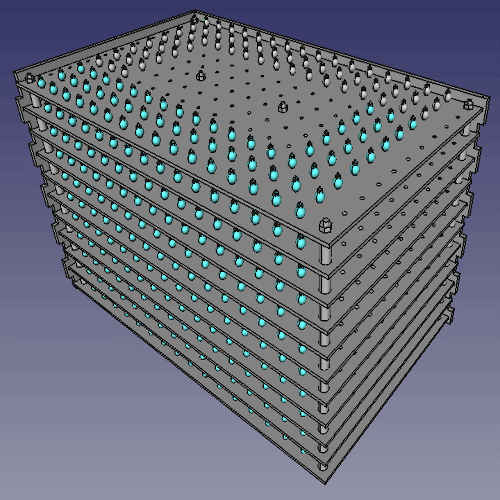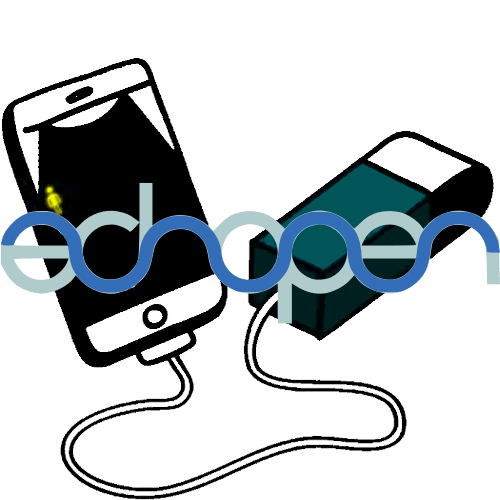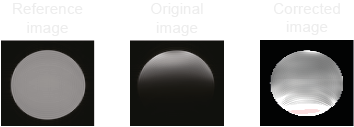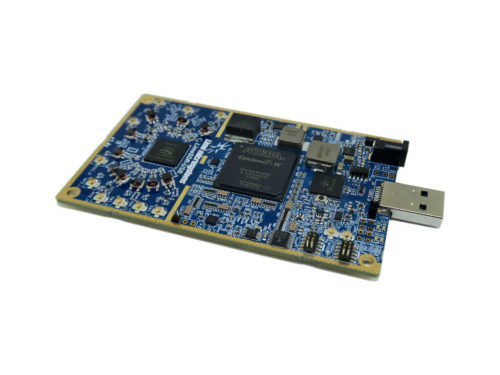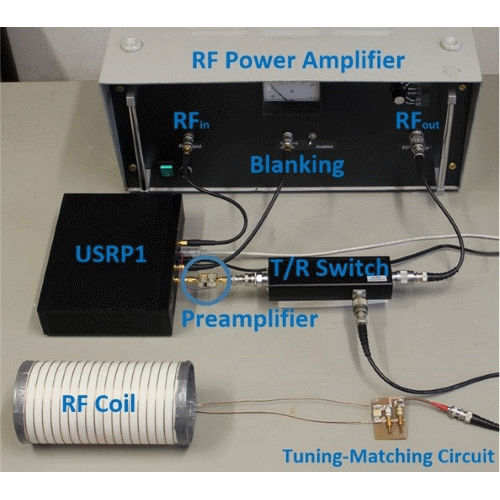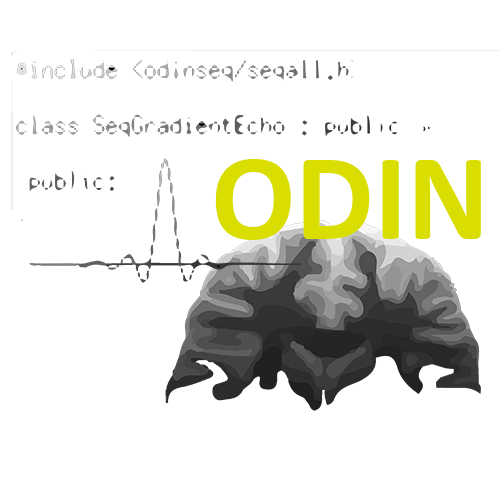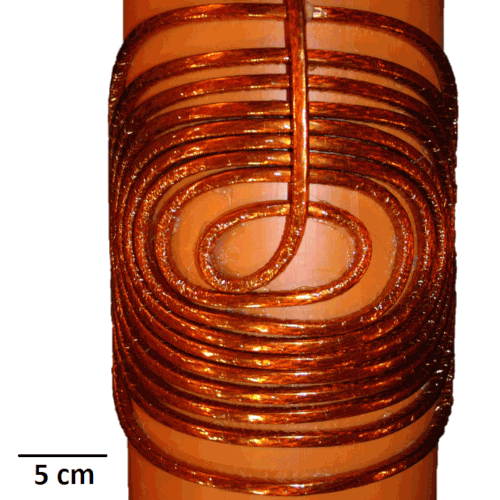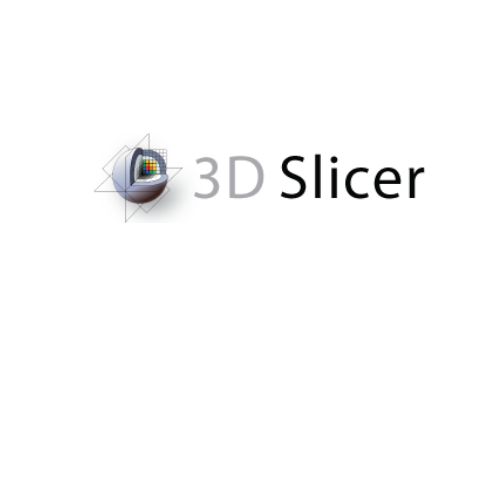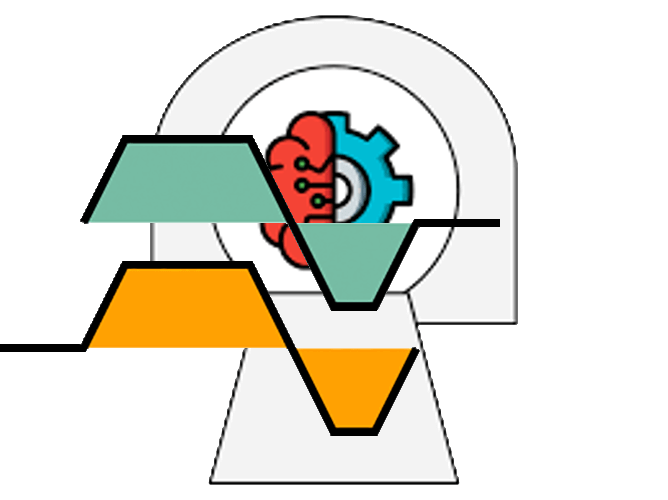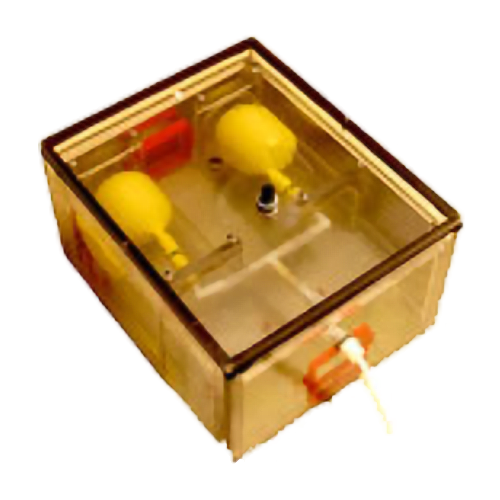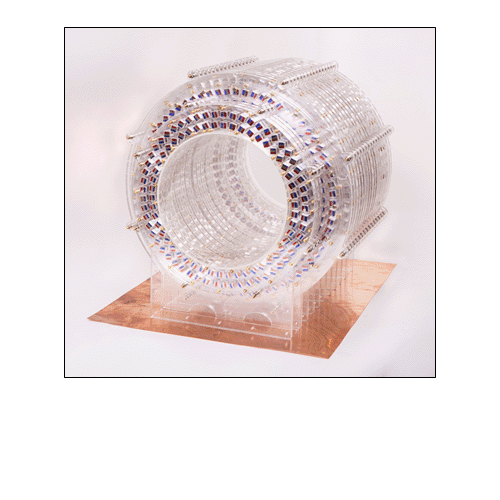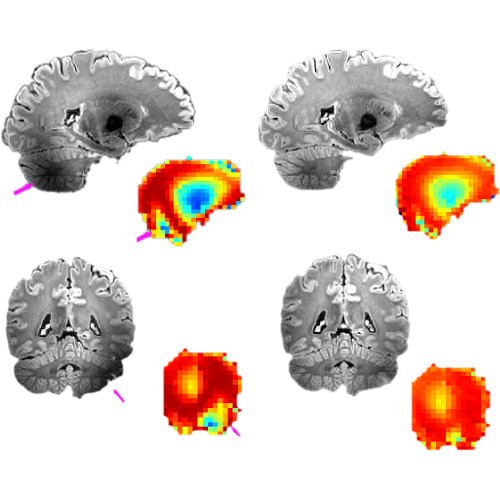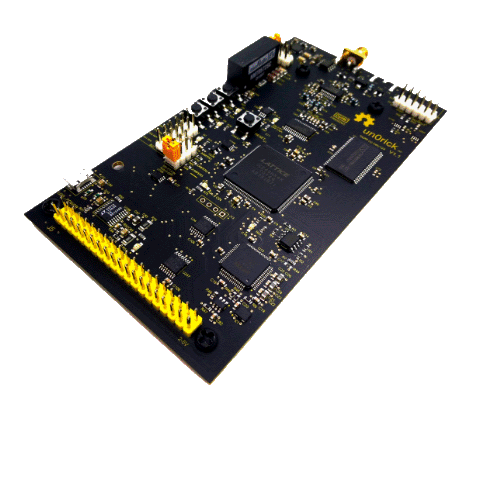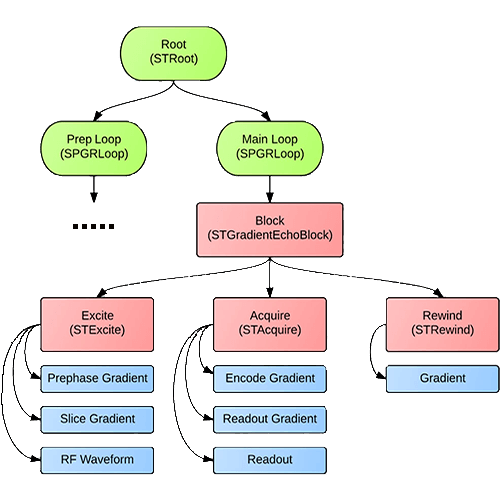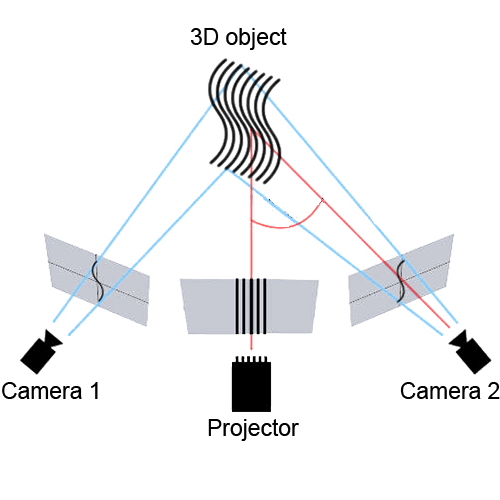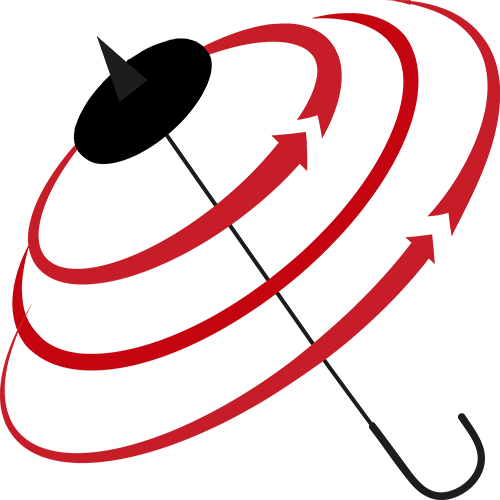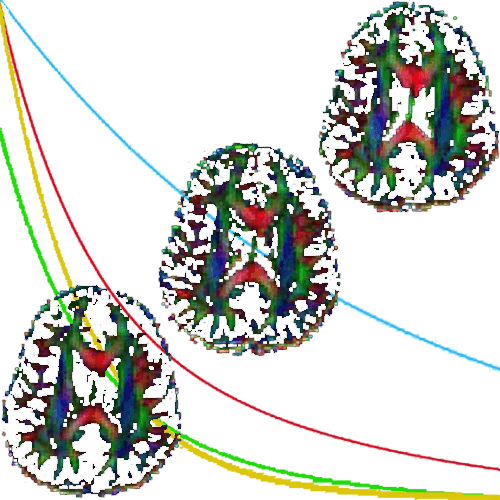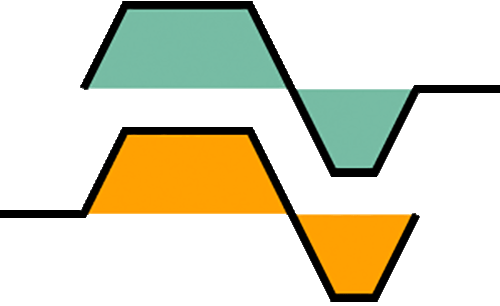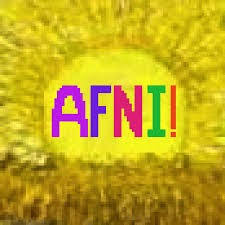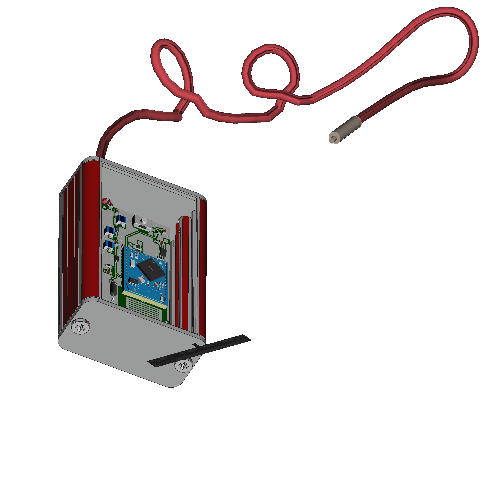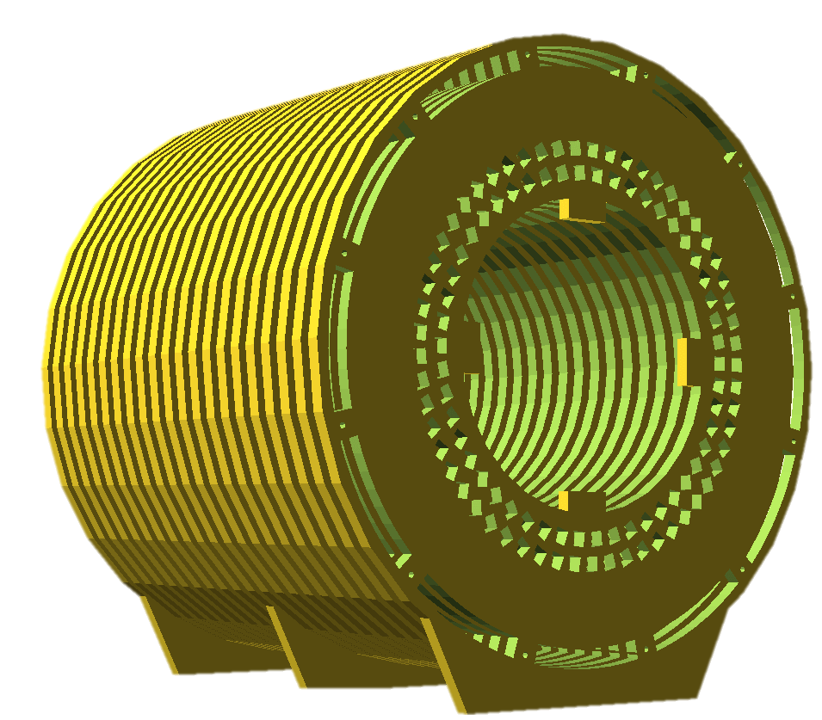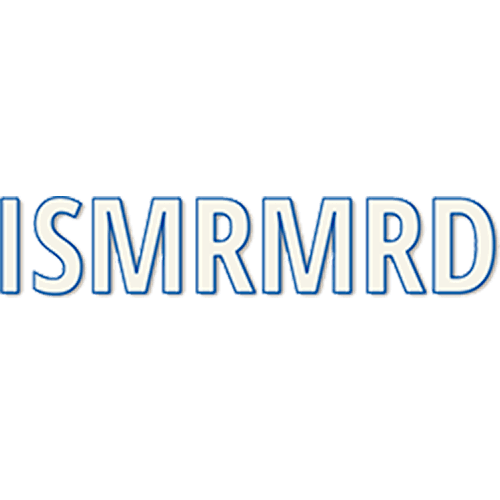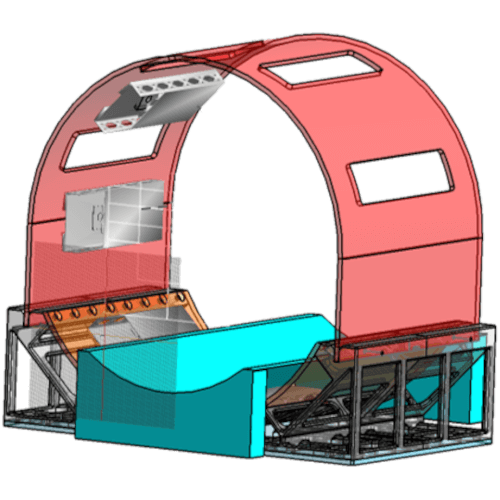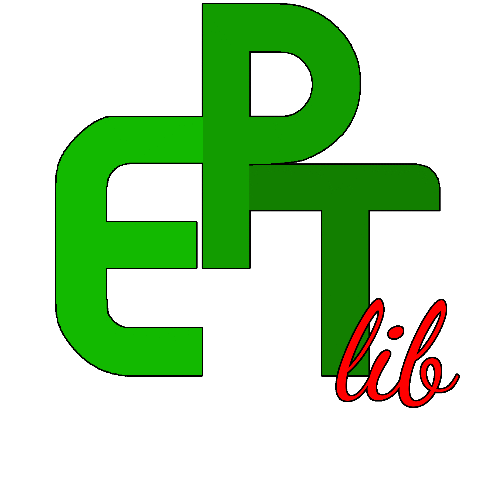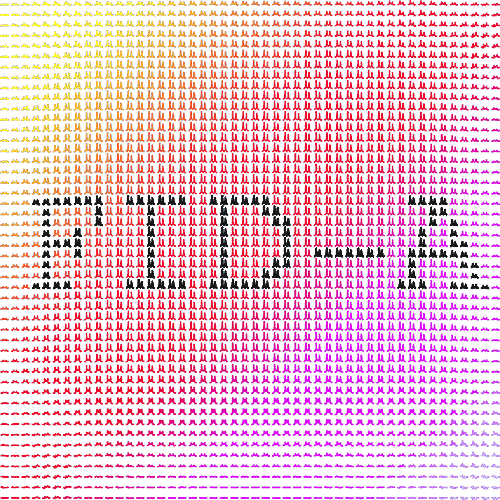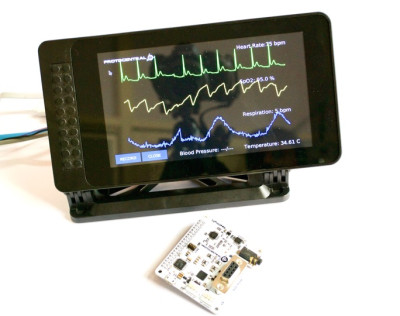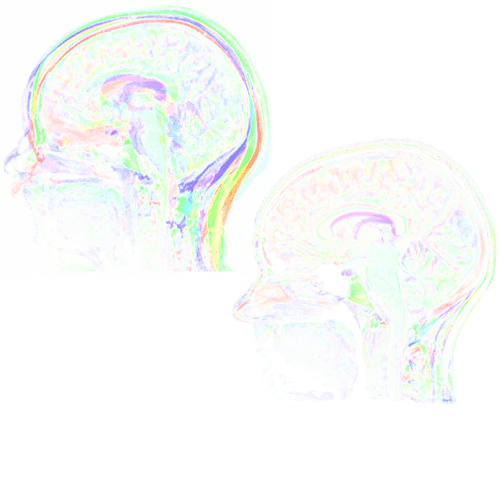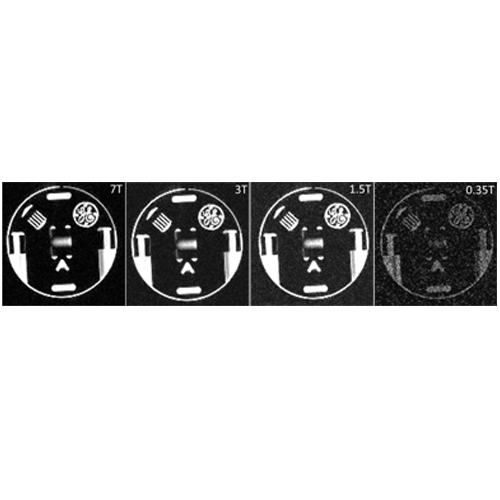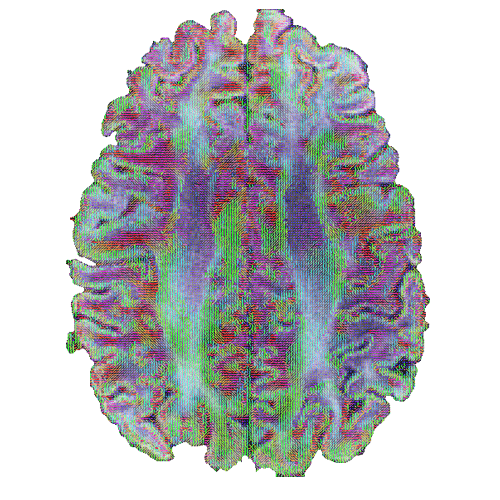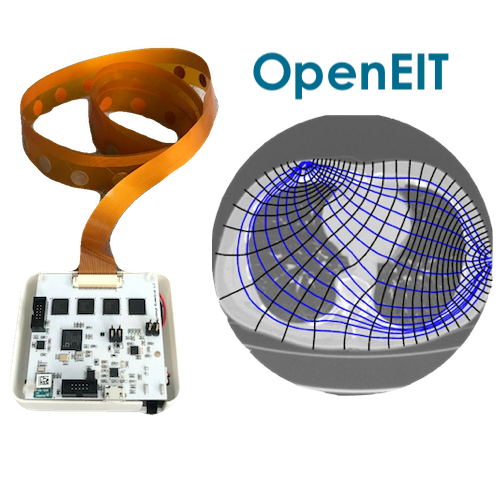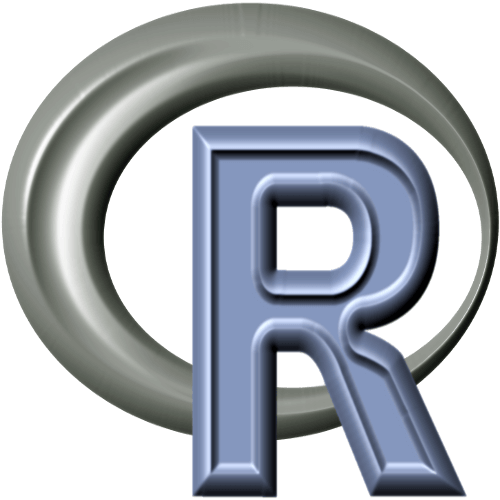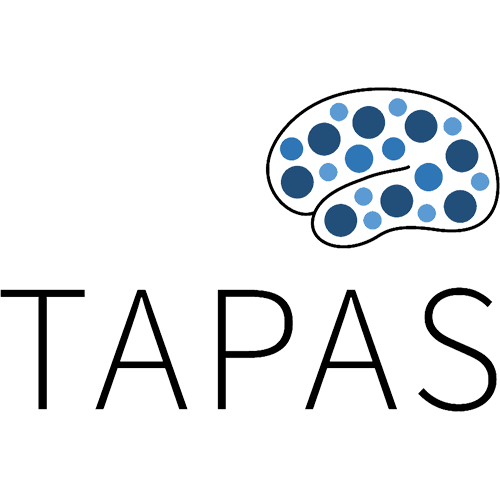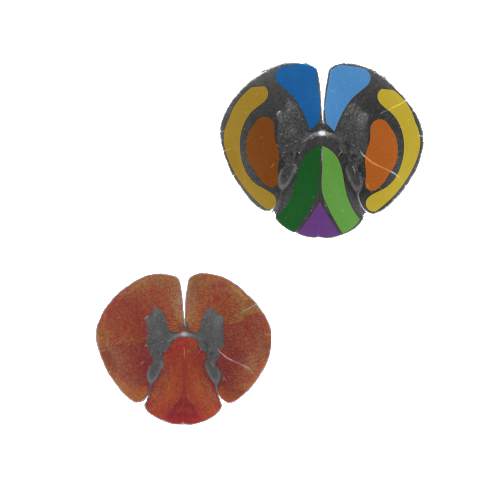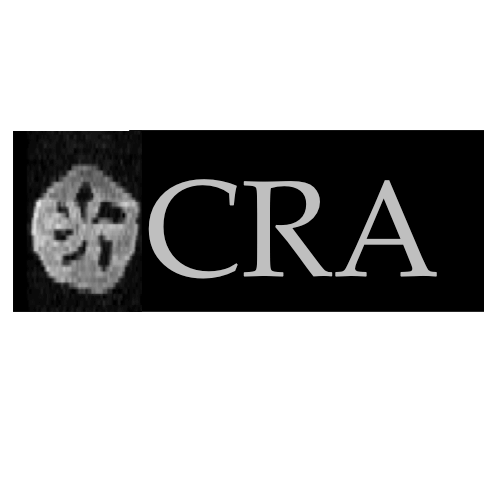- All
- Sequence programming
- Spectroscopy
- Hardware design
- Hardware
- Complete systems
- Magnets
- Amplifiers
- Coils
- Spectrometers
- Other hardware (MR)
- Other hardware (non-MR)
- Lab equipment
- Software
- Simulations
- Reconstruction
- Image processing/visualization
- Lab software
- Other
- All
- open source software
- X-Nuclei MRI
- RF coil
- Phantom
- image distortion
- calibration
- machine Learning
- segmentation
- MRI
- shielding
- Gradient coil
- shimming coil
- Alpha
- optimisation
- magnetic resonance
- Tx coils
- ISMRM
- Rx coils
- NMR
- MRI antenna
- engineering
- parallel transmission
- Hardware
- Beta
- Prototype
- Stable release
Taking advantage of IoT technology, this project allows for use of a suite of wireless sensors that can be used inside of the MRI bore safely to capture more information about the patient in and out of the MRI scan.
OpenVnmrJ is the Open Source variant of the highly successful VnmrJ 4.2 acquisition and processing software
This toolbox optimizes the acquisition protocols for spoiled gradient echo qMT sensitivity against noise and also sensitivity-regularization for robustness of a qMT parameter-of-interest.
TOPPE is a simple, modular framework for rapid prototyping of pulse sequences on General Electric MRI scanners.
Spinach is software library for simulation of spin dynamics in large spin systems. It supports NMR, EPR, DNP, MAS, PHIP, singlet state NMR and other forms of Magnetic Resonance spectroscopy.
Spinal Cord Toolbox is a comprehensive software for the processing and analysis of multiparametric MRI data of the spinal cord.
CoSimPy is a Python library designed to offer an interface between multi-port full-wave electromagnetic simulations and external circuitry analyses.
OpenICE is an initiative to create a community implementation of an Integrated Clinical Environment. The initiative encompasses not only software implementation but also an architecture for a wider clinical ecosystem to enable new avenues of clinical research. OpenICE seeks to integrate an inclusive framework of healthcare devices and clinical applications to existing Healthcare IT ecosystems.
Tracing multiple crossing/kissing fibers while estimating the underlying microstructural parameters is a hard tractography problem. We solve this problem using an unscented Kalman filter based tractography algorithm, where model parameters (and thereby the associated microstructural measures) and fiber orientations (multiple) are estimated simultaneously in a consistent manner as the fiber is being traced from the seeding location. The algorithm...
GNU Octave is a high-level language, primarily intended for numerical computations.
A prototype MATLAB open source software for the fast electromagnetic analysis of MRI systems.
OPENCORE NMR is an open-source toolkit for implementing an NMR spectrometer. This console has the size of a laptop computer, making it easy to transport. The cost of its parts is very low compared to the prize of commercial systems.
Gadgetron is an open source framework for medical image reconstruction. It consists of two main components: First, a modular, high performance framework for streaming data processing through a set of modules or “Gadgets”. Second, it provides a set of tool-boxes for common image reconstruction tools, data structures, iterative solvers, and GPU components.
UKAT is a vendor agnostic framework for the analysis of quantitative renal MRI data.
A MatLab ROI-based analysis suite for multiecho MRI data. AnalyzeNNLS creates a T2 distribution from the averaged decay data.
Open Spin Microscopy is an open-source platform to build digital Scanning Light Sheet Microscopes (SPIM/DSLM/OPT).
Low cost, open source, scalable, current feedback controlled coil driver circuit for matrix B0 shim coils and related applications.
The integrated models can be used for the study of Specific Absorption Rate (SAR) and thermal analysis in radio-frequency(RF) exposure. The following methodology has the potential to be applied on any patient-based whole-body breast models.
EEZ H24005 is a power supply that provides features of middle and high range commercial devices.
Modular phantom and corresponding software tools to measure distortion in MRI systems
echOpen: An open source ultrasound probe that can be connected to a smartphone, tablet or PC
The scanner design is a low-cost resource for demonstrating concepts like magnetic resonance, spatial encoding, and the Fourier transform in an educational setting. A significant part of the system design is open-source.
An efficient and versatile numerical MRI simulator with GPU parallel acceleration
A low‐cost multi‐channel software‐defined radio‐based NMR spectrometer and ultra‐affordable digital pulse programmer
Hardware and software designs that enable performing Nuclear Magnetic Resonance experiments using the Earth’s magnetic field.
gpuNUFFT is an open-source GPU Library for reducing computational time of non-linearly sampled 3D/2D MRI data with direct Matlab interface.
This project proposes a hybrid system based on a single‐element ultrasound transducer and an MR scanner to help boost temporal resolution in real‐time MRI.
A Python toolbox that aims to make it easier for psychologists and neuroscientists to do "deep learning" analyses on their neuroimaging data
A software for computational neuroanatomy with focus on diffusion magnetic resonance imaging (dMRI) analysis. It implements a broad range of algorithms for denoising, registration, reconstruction, tracking, clustering, visualization, and statistical analysis of MRI data.
Low cost, open source hardware platform for use in NMR relaxometry experiments. The platform is capable of a wide variety of relaxometry experiments comprising many magnet, coil, and sample combinations.
The spectrometer or software defined radio is capable of producing arbitrary shaped RF-pulses, un-/blanking the RFPA, recording acquired data and controlling a rotating gradient field. Pulse length, amplitude, readout-length and –delay can be chosen freely. The RFPA successfully amplied rect- and sinc-pulses generated by the spectrometer. A signal amplitude of 500mV at the input leads to an output voltage level of...
ODIN is a C++ software framework to develop and simulate magnetic resonance sequences.
A high‐performance Tx/Rx switch design is presented that supports high peak and high average power applications such as MR imaging, RF heating or thermal MR.
This code repository implements an algorithm that can perform accurate PRF-shift thermometry in tissues containing up to 90% fat and also correct errors due to motion, respiration, and scanner drift, in a real-time compatible manner. A numerical phantom simulator is provided as a demo for the algorithm.
A RF coil with eight TX/RX channels is presented for reproducible pTx method development and/or safety assessments and standardization
Vespa allows users to design RF pulses, create spectral simulations and perform spectral data processing and analysis.
A repository that contains many Matlab scripts used to design gradient MR coils.
Software application and development platform for medical image visualization, analysis, quantification, segmentation, and registration. Supports all imaging modalities, wide range of data types (surface and volumetric meshes, textured surface scans, spectrum data, points, lines, curves, tables, etc.), time sequences of any data sets, real-time hardware device interfaces, and specialized modules for a wide range of application areas (diffusion imaging,...
Virtual Scanner is an end-to-end hybrid Magnetic Resonance Imaging (MRI) simulator/console designed to be zero-footprint, modular, and supported by open-source standards.
An automated and flexible algorithm for rapid prototyping of new MR gradient and shim coil designs.
An MRI compatible phantom that simulates the respiration of a human subject in an automated way. A pressure probe is used in order to communicate in continuous time to Matlab the evolution of the respiratory cycle of the subject.
This project describes the construction of a 27 cm diameter, 50 cm long homogeneous Halbach array magnet. It consists of 23 rings, each with two layers of 12x12x12 permanent magnets. Design files are provided for those wanting to laser cut, CNC mill, or water-jet cut the positions of the magnets. For different-sized magnets, a genetic algorithm for homogeneity optimization...
Direct signal control provides reduced transmision field inhomogeneity allowing to recover regions of low signal without increasing imaging time or interecho spacing.
An open-source 3d printed antenna set for MRI Faraday RF cages attenuation measurements.
This project has a specific target of providing a low-cost, open source technological kit to allow scientists, academics, hackers, makers or OSHW fans to hack their way to ultrasound imaging - below 500$ - at home, with no specific equipment required.
A user friendly software environment for implementing MRI pulse sequences and, exporting them to actual MRI scanners.
openEMS is a free and open electromagnetic field solver using the FDTD method. Matlab or Octave are used as an easy and flexible scripting interface.
FreeSurfer is a software package for analysis and visualization of structural and functional neuroimaging data
gr-MRI is a software package using GNU Radio that enables the development of custom MRI spectrometers using off-the-shelf software-defined radios.
An open-source software for quantitative MR image analysis.
OpenfMRI.org is a project dedicated to the free and open sharing of raw MRI datasets.
Oscilloscope, Waveform Generator, Spectrum Analyzer, Logic Analyzer and Pattern Generator in one device.
Open-source brain-computer interface (OpenBCI) is an affordable bio-sensing system that can sample electrical activity of human body such as brain (EEG), skeletal muscle (EMG) and heart (ECG) activity.
A diffusion model-free framework with echo time dependence for free-water elimination and brain tissue microstructure characterization.
Open Source framework for the development and hardware-independent execution of MR pulse sequences for imaging and spectroscopy. MRI sequences can be programmed in MATLAB and executed on real hardware.
Here is a new random disks packing algorithm for numerical simulation of the white matter (axons, myelin sheaths and extra axonal space).
The Berkeley Advanced Reconstruction Toolbox (BART) is a free and open-source image-reconstruction framework for Computational Magnetic Resonance Imaging. It consists of a programming library and a toolbox of command-line programs. The library provides common operations on multi-dimensional arrays, Fourier and wavelet transforms, as well as generic implementations of iterative optimization algorithms.
This modular system provides bias tees for first stage RF preamplifiers, second stage amplification, and programmable attenuation for use in MR scanners and other RF signal applications (at least up to several hundred MHz). Accommodates 32 channels and can be extended by daisy-chaining additional boards.
This program allows to calculate the ultimate intrinsic SNR at the center of a uniform dielectric sphere, which may be used, for example, as an absolute reference to assess the performance of head coils with spherical phantoms.
The ISMRM Raw Data format is proposed as a common MR raw data format to promote collaborations and reproducible research by facilitating the sharing of data and data processing tools.
QMRITools is written in Mathematica using Wolfram Workbench and Eclipse and contains a collection of tools and functions for processing quantitative MRI data.
COSI Measure is an open source multipurpose 3-axis robotic system that allows submillimeter movements for applications such as static/dynamic field mapping, CNC machinery or 3D printing.
An RF coil system consisting of an 8-channel transmit (Tx) and 8-channel receive (Rx) coil arrays for 19F MRI
This GPA originated from a collaboration with Jason Stockmann (MGH Harvard). The device can drive up to 4 channels with max 10 A. It is controlled via a single SPI galvanically isolated connection that is also used to read information from the current sensors. Sample code for an Arduino is given that shows how to perform a calibration, set...
The Anser project provides an open-source implementation for electromagnetic tracking (EMT) with particular application to image-guided interventions. This work provides implementation schematics for an EMT system which relies on low-cost acquisition and demodulation techniques using both National Instruments and Arduino hardware alongside MATLAB support code.
A high dynamic range image processing algorithm which can offer enhanced contrast and feature preservation for multichannel and multisequence MRI.
The hMRI-toolbox is an easy-to-use open-source and flexible tool, for qMRI data handling and processing. It allows the estimation of high-quality multi-parameter qMRI maps (longitudinal and effective transverse relaxation rates R1 and R2*, proton density PD and magnetisation transfer MT saturation), followed by spatial registration in common space for statistical analysis.
Advanced toolbox for design and analysis of radiofrequency (RF) pulses, and processing of magnetic resonance spectroscopy data.
SimpleElastix is a user-friendly command line based program that registers (matches/aligns) images in C++, Python, Java, R, Ruby, Octave, C#, Lua and Tcl.
A framework for simulating low-field proton-density weighted MRI acquisitions based on high-field acquisitions, which could be used to predict the minimum B0 field strength requirements for MRI techniques. This framework would be particularly useful in the evaluation of de-noising and constrained reconstruction techniques.
PowerGrid is an accelerated, open source, freely available toolkit for iterative reconstruction supporting non-Cartesian trajectories. Using high level compiler directives, GPU accelerated Fourier transform operators were implemented in a high level syntax designed to correlate with the popular Image Reconstruction Toolbox (IRT).
An affordable biomedical imaging system that allows to create images based on the electrical properties of tissues.
R is a state-of-the-art statistical computing software with powerful graphic possibilities.
A collection of software tools developed to support clinical neuromodeling, particularly computational psychiatry, computational neurology, and computational psychosomatics.
Segment axon and myelin from microscopy data, extract statistics and compare histology with MRI
OCRA stands for Open-source Console for Real-time Acquisition. It is a low-cost, open-source console (hardware controller) for MRI. Conventional MRI consoles may be high cost, closed-source, and inflexible, in that it is not possible to change acquisition parameters once the scan is started. In contrast, OCRA is under $500, open-source, and capable of real-time updates: the console can make...


